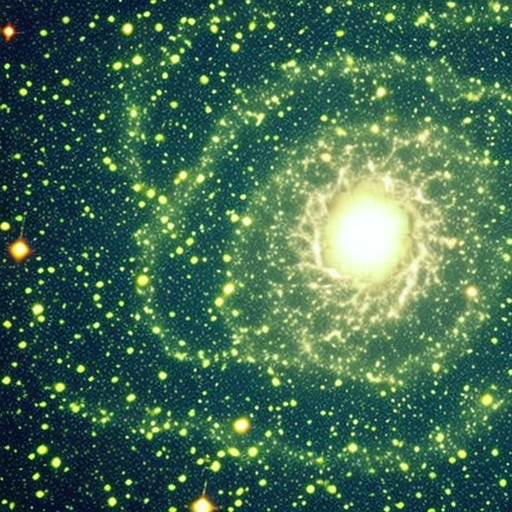Cosmic Microwave Background Radiation: A Window into the Early Universe
The cosmic microwave background radiation (CMB) is a faint glow of radiation that permeates the entire universe. It is the oldest light in existence, dating back to just 380,000 years after the Big Bang. This radiation provides crucial insights into the early universe, helping scientists understand its origin, structure, and evolution.
Discovery and Significance
The CMB was accidentally discovered in 1965 by Arno Penzias and Robert Wilson, who were studying radio waves using a large horn antenna. They detected a persistent noise that seemed to come from all directions in the sky, regardless of the time of day or year. This noise turned out to be the CMB, which had been predicted by the Big Bang theory.
The discovery of the CMB provided strong evidence for the Big Bang theory and helped solidify it as the leading explanation for the origin of the universe. The CMB is often referred to as the “afterglow” of the Big Bang because it is the residual radiation left over from the hot, dense early universe.
Characteristics of the CMB
The CMB is a form of electromagnetic radiation, specifically in the microwave region of the electromagnetic spectrum. It has a nearly uniform temperature of about 2.7 Kelvin (-270.45 degrees Celsius), making it one of the coldest things in the universe. Despite its low temperature, the CMB is incredibly uniform, with temperature fluctuations of only a few parts in a million.
Origin and Evolution of the CMB
The CMB originated when the universe transitioned from being opaque to transparent. Prior to this transition, the universe was filled with a hot, dense plasma of protons, electrons, and photons. As the universe expanded and cooled, the protons and electrons combined to form neutral hydrogen atoms, allowing the photons to travel freely.
At the time of recombination, when the universe was about 380,000 years old, the photons were released and began their journey through space. Over billions of years, these photons have been stretched by the expansion of the universe, resulting in their current microwave wavelength.
Scientific Insights from the CMB
The CMB provides a wealth of information about the early universe. By studying the temperature fluctuations in the CMB, scientists can learn about the distribution of matter and energy in the early universe. These fluctuations are thought to be the seeds from which galaxies and galaxy clusters formed.
The CMB also allows scientists to measure the geometry of the universe. By studying the patterns of temperature fluctuations, researchers can determine whether the universe is flat, open, or closed. This information is crucial for understanding the overall structure and fate of the universe.
Furthermore, the CMB provides insights into the composition of the universe. By studying the polarization of the CMB, scientists can learn about the presence of dark matter and dark energy, which are believed to make up the majority of the universe’s mass and energy.
Current and Future CMB Research
Scientists continue to study the CMB using advanced telescopes and detectors. One notable project is the Planck satellite, launched by the European Space Agency in 2009. Planck has provided the most detailed map of the CMB to date, allowing scientists to study its properties with unprecedented precision.
In the future, new experiments and telescopes, such as the Simons Observatory and the upcoming James Webb Space Telescope, will further enhance our understanding of the CMB. These advancements will help answer fundamental questions about the nature of the universe, its origins, and its ultimate fate.
In summary, the cosmic microwave background radiation is a faint glow of radiation that originated from the hot, dense early universe. Its discovery has provided strong evidence for the Big Bang theory and offers valuable insights into the origin, structure, and evolution of the universe. By studying the CMB, scientists can learn about the distribution of matter and energy, measure the geometry of the universe, and understand the composition of the universe. Ongoing and future research will continue to deepen our understanding of this ancient radiation and its significance for cosmology.












